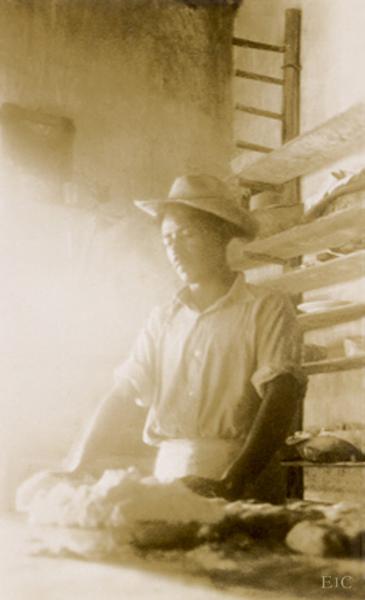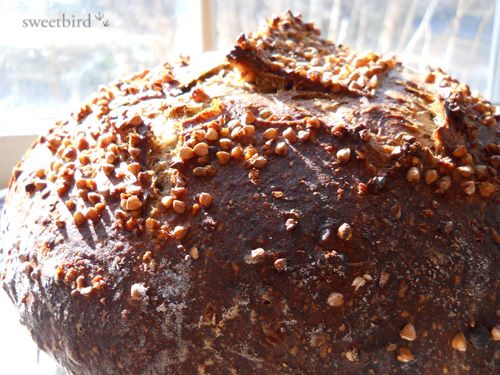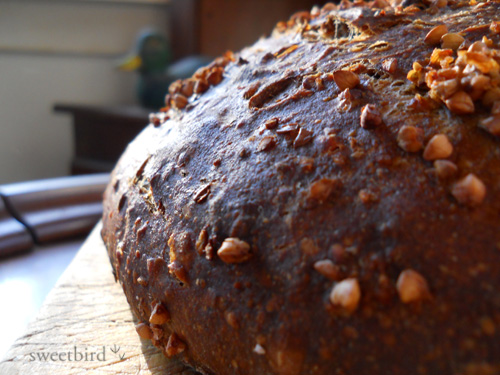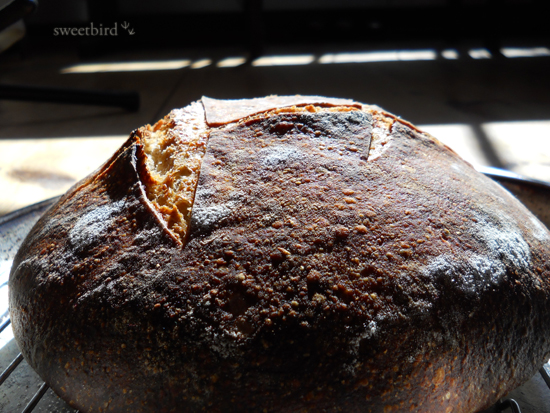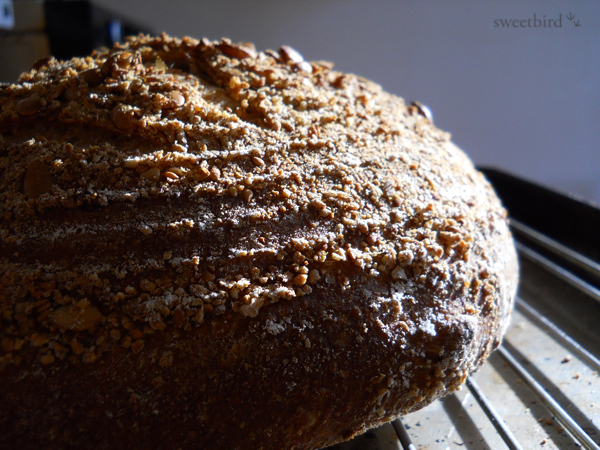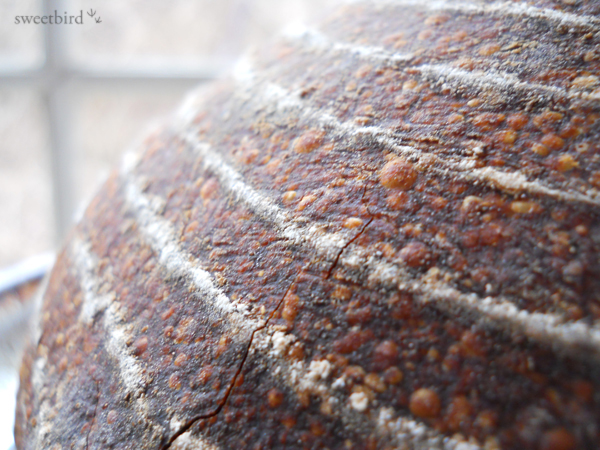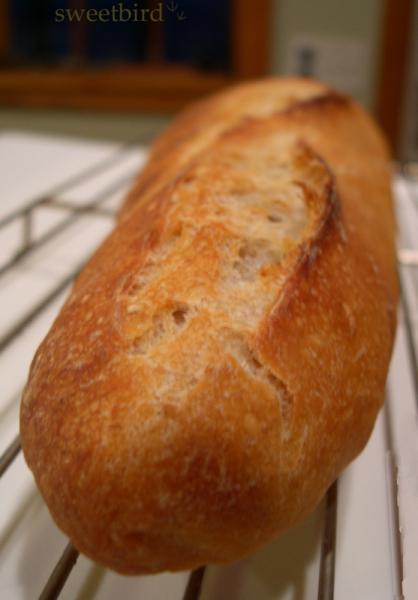sweetbird's blog
Cannolis for Easter
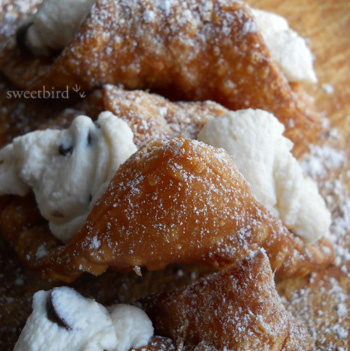
It all started when Angelo put ricotta on the shopping list because he likes to have it on pasta sometimes and we didn't have any in the house. I was the one doing the shopping that day, a day or two prior to Easter, and I found the ricotta on sale, with the large tub marked at a lower price than the small tub. So the large tub went in my basket, and then my mind started dreaming about what I was going to do with all that lovely ricotta.
Christmas Stollen - my adaptation of an Anna Thomas recipe
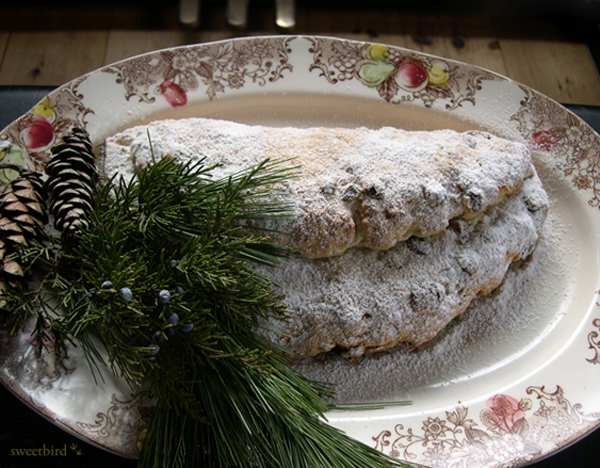
One of my most beloved cookbooks is the original Vegetarian Epicure by Anna Thomas. It began its life with me in San Francisco in the early 1970s and has traveled with me ever since, now nestled on a bookshelf in upstate New York. It is in tatters with no binding left, but that only makes me love it more. It is well used.
